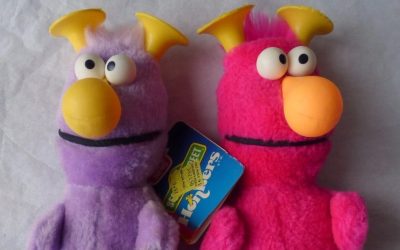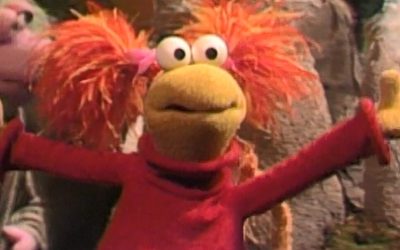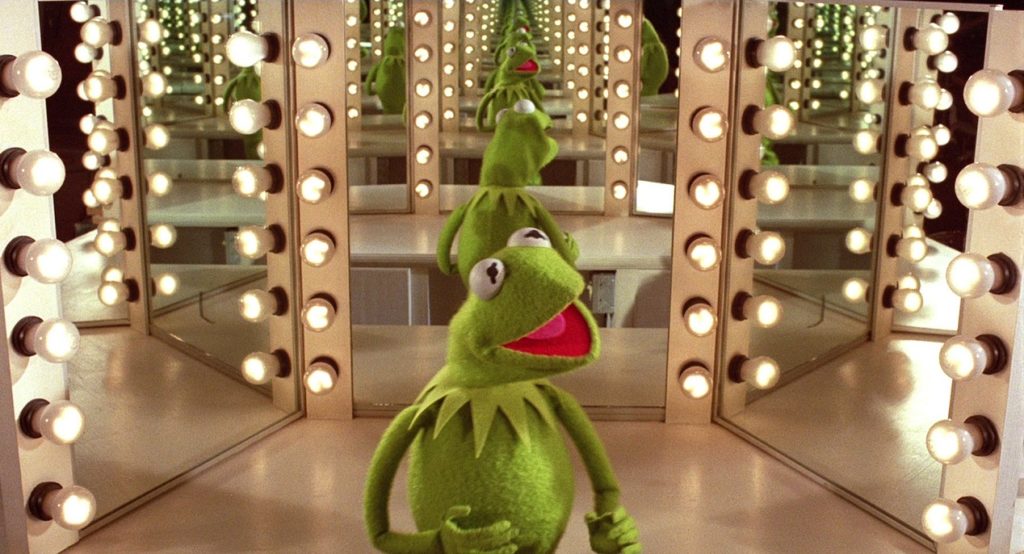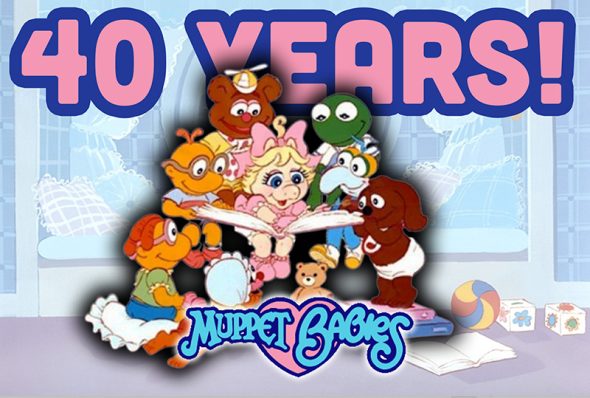
Well, it’s been 40 years since Muppet Babies premiered, and I guess that means ToughPigs has to celebrate it. Like my other ToughPigs colleagues, I was a little reluctant to do a ton of episode rewatches, but I definitely wanted to do something. As I’ve said in the past, I truly wouldn’t be as big of a Muppet fan as I am today without Muppet Babies, but it’s not the kind of thing I’m always jumping at the chance to revisit. What to do?
I was scrolling through Muppet Wiki, looking for ideas, when I stumbled across something wonderful. We all knew Muppet Wiki was great, but one thing I didn’t know was that they had the complete Muppet Babies Production Bible from April 1984. That’s right: on Muppet Wiki, linked at the bottom of the Muppet Babies article, is the internal document the Muppet Babies team used to sell their idea for a cartoon show.
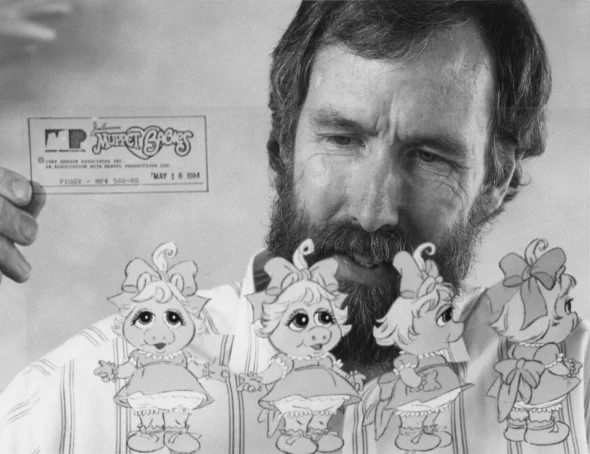
I live for this kind of stuff. It’s so much fun to read about projects in their early years, especially projects that meant so much to me. But what’s amazing about this is how much Muppet Babies changed in the five months between this document and its debut episode. Read on for some highlights I found:
1. The show was intended to be structured more like The Muppet Show, with individual fantasies taking the place of individual sketches. This blew my mind, and instantly makes the premise of Muppet Babies make a lot more sense. The bible discusses several segments, and we’re told that these can be combined in different ways in each episode. These included, but were not limited to: Scooter reading a story the babies would act out, the babies playing a timer-based storytelling game, Miss Piggy playing teacher, Gonzo broadcasting television parodies, and Bunsen and Beaker doing Muppet Labs hijinks.
One of the complaints I hear a lot about Muppet Babies is how it feels like a generic kids’ show instead of a Muppet spinoff. This could’ve done a lot to fix that. It’s amazing to think about how this would give the show direction, a unique vibe, and most importantly, make it closer to the established vibe of the Muppets. I just really think it’s neat that they had this idea, and I absolutely wish they stuck with it.
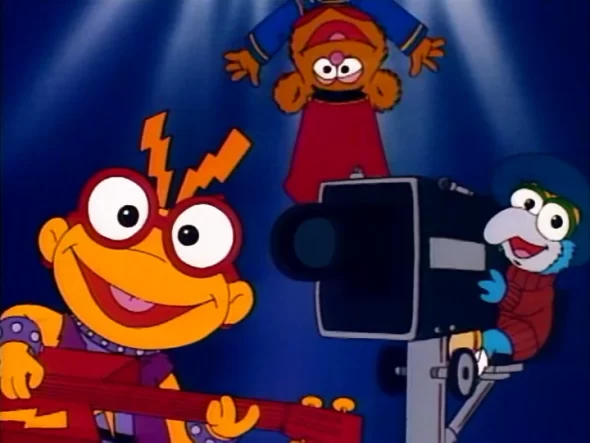
2. Related to the above point, each of the babies’ fantasies was intended to be portrayed in a different artistic, thematic or narrative style. Our pals at the Kermitment podcast noted that this sometimes happened on the final show, but it seemed to be a much more consistent theme here.
For example, we’re told that Kermit usually tells true stories instead of exaggerating or imagining. Piggy tells stories about her (that tracks with the final show) but also would give inaccurate history lessons via a small projector screen. Gonzo would often jump into TV shows, directly through the television set.
We’re also told that Piggy’s fantasies need flowery, baroque backgrounds, Gonzo’s would look like a comic book, Animal’s would have wild and clashing patterns, and so on. I think this happened occasionally in the final show, but not always?
It’s interesting to see it all laid out so distinctly, when in the actual show, things often ran together.
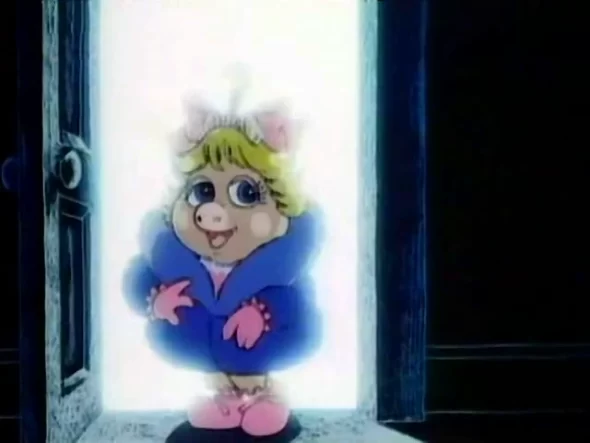
3. Early on, the pitch bible explicitly states that the Muppet Babies may have traits their adult counterparts don’t, stating that there are some things the babies “later outgrew.” This instantly excuses Scooter being a nerd in Muppet Babies, something we Muppet fans have argued about for decades. It’s fine! He just outgrew computer literacy.
4. Nanny was intended to be “disagreeable.” We’re told Nanny would often be the villain in the babies’ fantasies and her arrival would be accompanied by a Jaws-like music sting. I’m not sure why they thought that was a good angle on the series, to be honest? Guess what kids? When Kermit was a baby, his caretaker hated him!
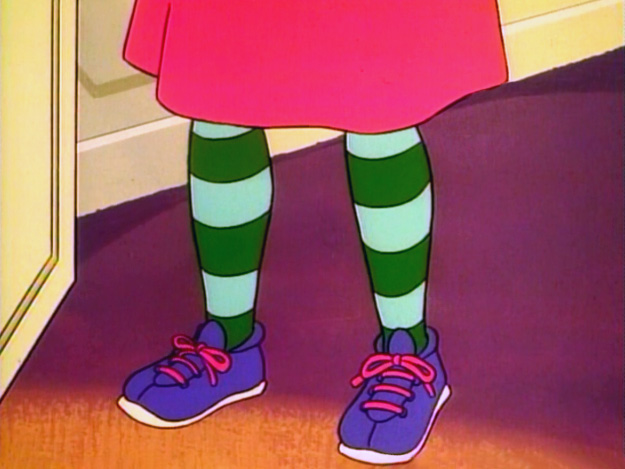
5. On Muppet Babies, Fozzie tells a lot of bad puns and one-liner jokes. But the pitch bible suggests a different conceit for the character: he doesn’t understand what jokes are. This is amazing. Specifically, we’re told he gets what a joke sounds like, but has no idea what makes them funny. An example: “Have you ever noticed a funny thing about grownups? They don’t have to stand on boxes to reach the doorknob because they’re already tall enough! Am I right? Do you get it?”
This is the best thing I’ve ever heard, and I’m so mad they didn’t go with this idea.
6. Bizarrely, we’re told Piggy is “reaching the point in life where she’s starting to take [her and Kermit’s] relationship seriously.” Isn’t she a baby? Is that the part of life when girls start dating??? Baby????? They were really stuck on Piggy as a romantic at this point, stressing that her “karate weilding [sic], “Super Pig” mode will be seen far less than her sensitive and vulnerable side.” Way to really not understand what makes Piggy a fun character, I guess!
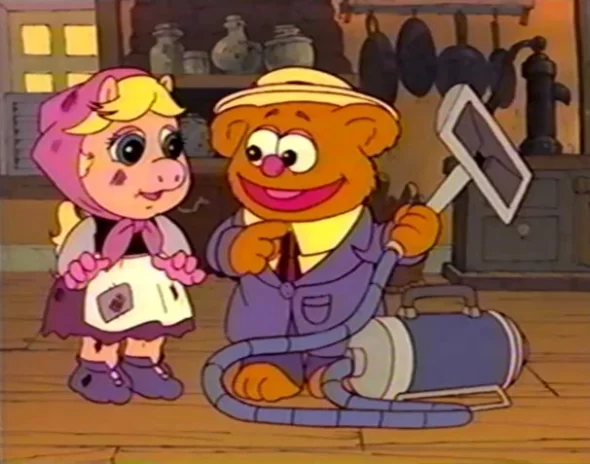
7. After reading this pitch bible, I’m still wondering what Muppet stuff the writers actually had seen. They suggest that the Kermit – Piggy – Gonzo love triangle is a crucial part of the adult Muppet media, despite it basically only existing in one episode of The Muppet Show. They also state that in the Muppet movies, Gonzo often carried a camera, which was why they decided Baby Gonzo should always be taking instant camera pictures. This doesn’t quite mesh with how he did that in one movie and one Polaroid commercial, and not “the movies.” Either way, the instant camera did not make it to the final version.
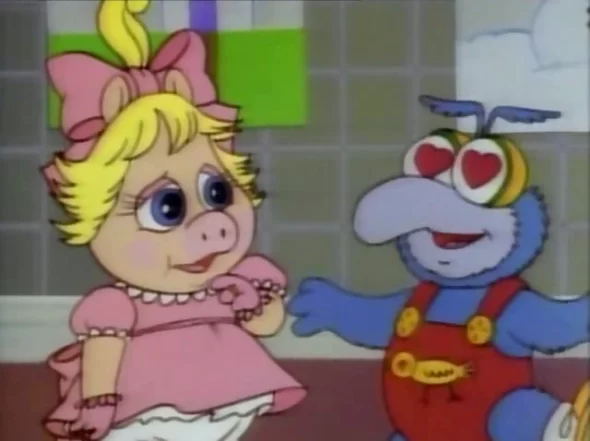
8. And now, the wildest fact of all: at this point….in the pitch bible, they repeatedly make it known that Skeeter had a crush on Gonzo. We are told that she says “He’s so ugly, he’s beautiful.” While I’m grateful the series didn’t add yet another baby romance, this is…this is so funny to me. Skeeter x Gonzo shippers, start your engines.
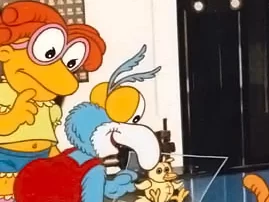
By Becca Petunia
Click here to pitch some babies on the ToughPigs Discord!

